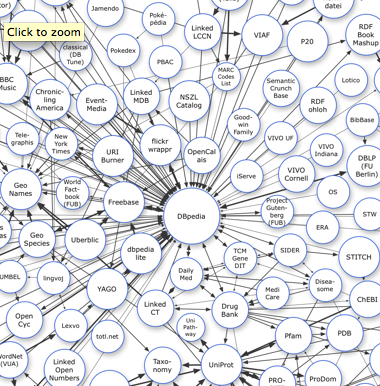Four Web Design Patterns for a Semantic Web in Higher Ed
Monday, October 11th, 2010
 Brian Panulla
Brian Panulla
Independent Consultant, Panulla Information Systems
Right On – another person from Portland!
Why do we need a new web?
Semantic Web is not a new web – it’s the infrastructure.
It is not:
- Semantic HTML
- Warmed-over AI (well not completely :)
- Magic – there are many ways to do this.
Why do we care
Shows the xkcd “university website” comic – nice.
Semantics = explicit meanings of symbols Meaning become powerful when shared. Differs from syntax.
Tech
RDF: Resource Description Framework. Everything is a resource, even properties.
Everything we want to talk about we give a URI (Not same as a URL – a URL is retrievable).
Subject Predicate Object
“Brian Panulla” “Presented at” “HighEd 10”
Web Ontology (Like a schema for a database)
OWL is the wc3 spec for web ontology.
Patterns
Linked Data – how to share data sets.
Good example – GeoNames.org – When you go to a page, there is a link to the RDF. Each city is connected on the “map”. Starting at a city you can crawl the map back up to a country or continent.
DBPedia – All wikipedia in high quality, semantic form.
The linked data cloud
Nice Slide! A map of all ontologies and how they connect. DBPedia is at the core.
Weakness
Access control (hiding information
Damaging to proprietary intellectual property.
Alternatives
XML, JSON, Micro formats (RDFa)
Triple Store
Database tuned for graphs of RDF statements.
